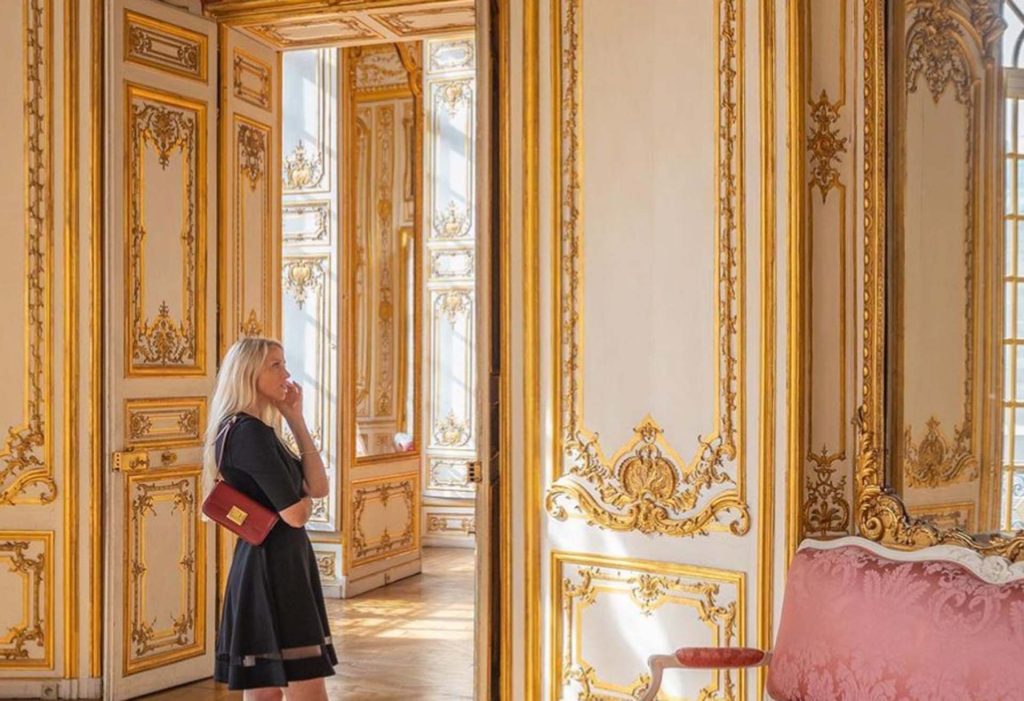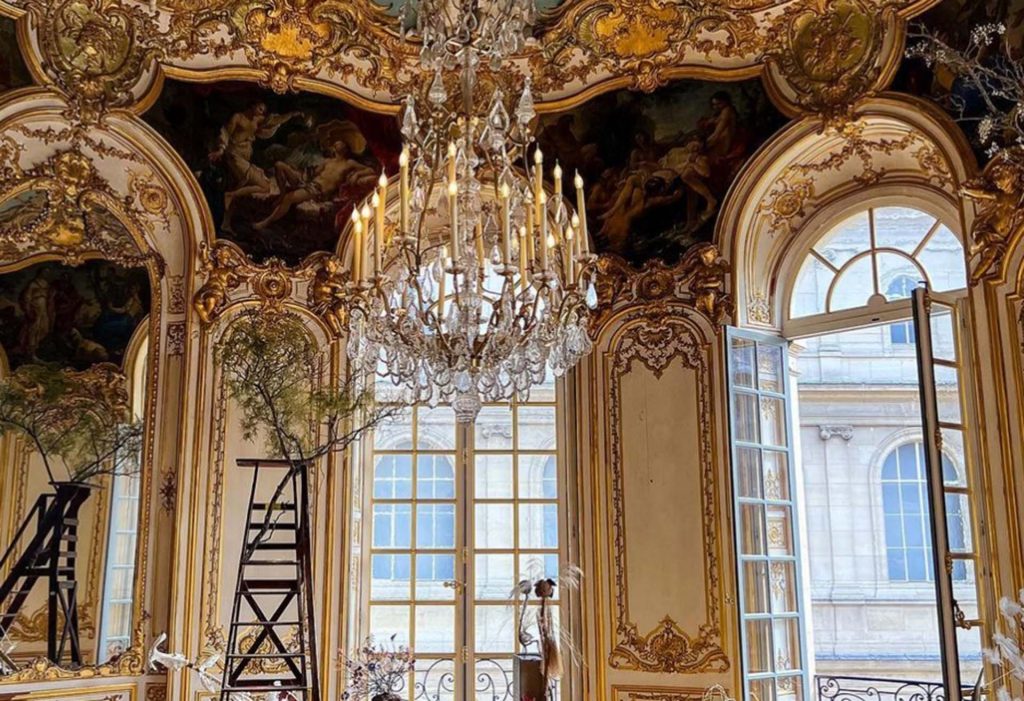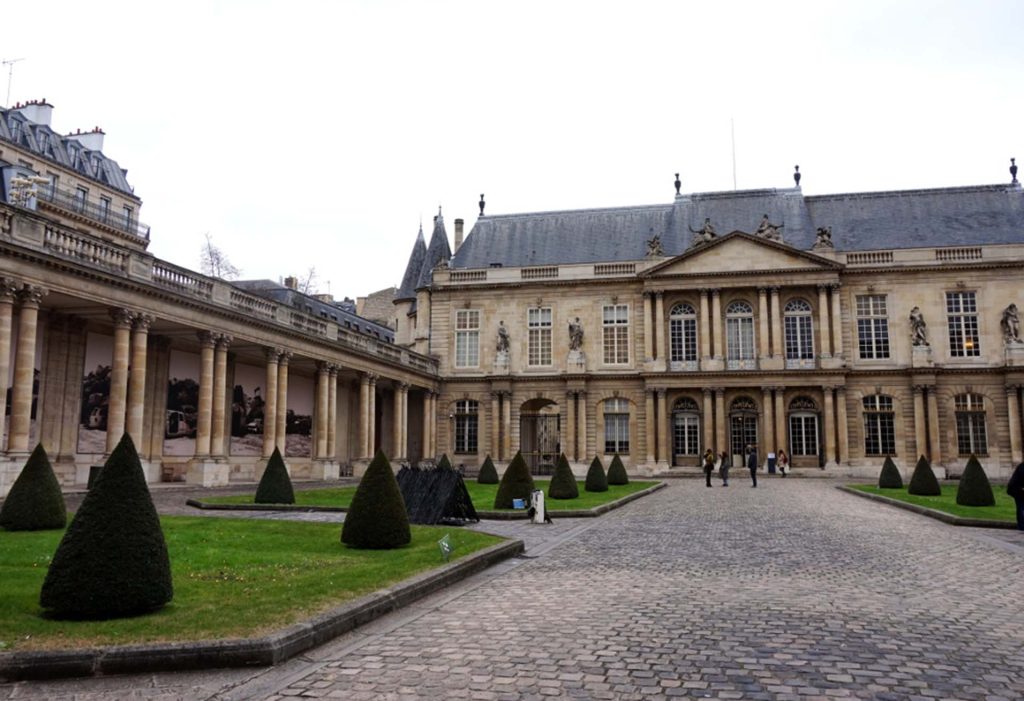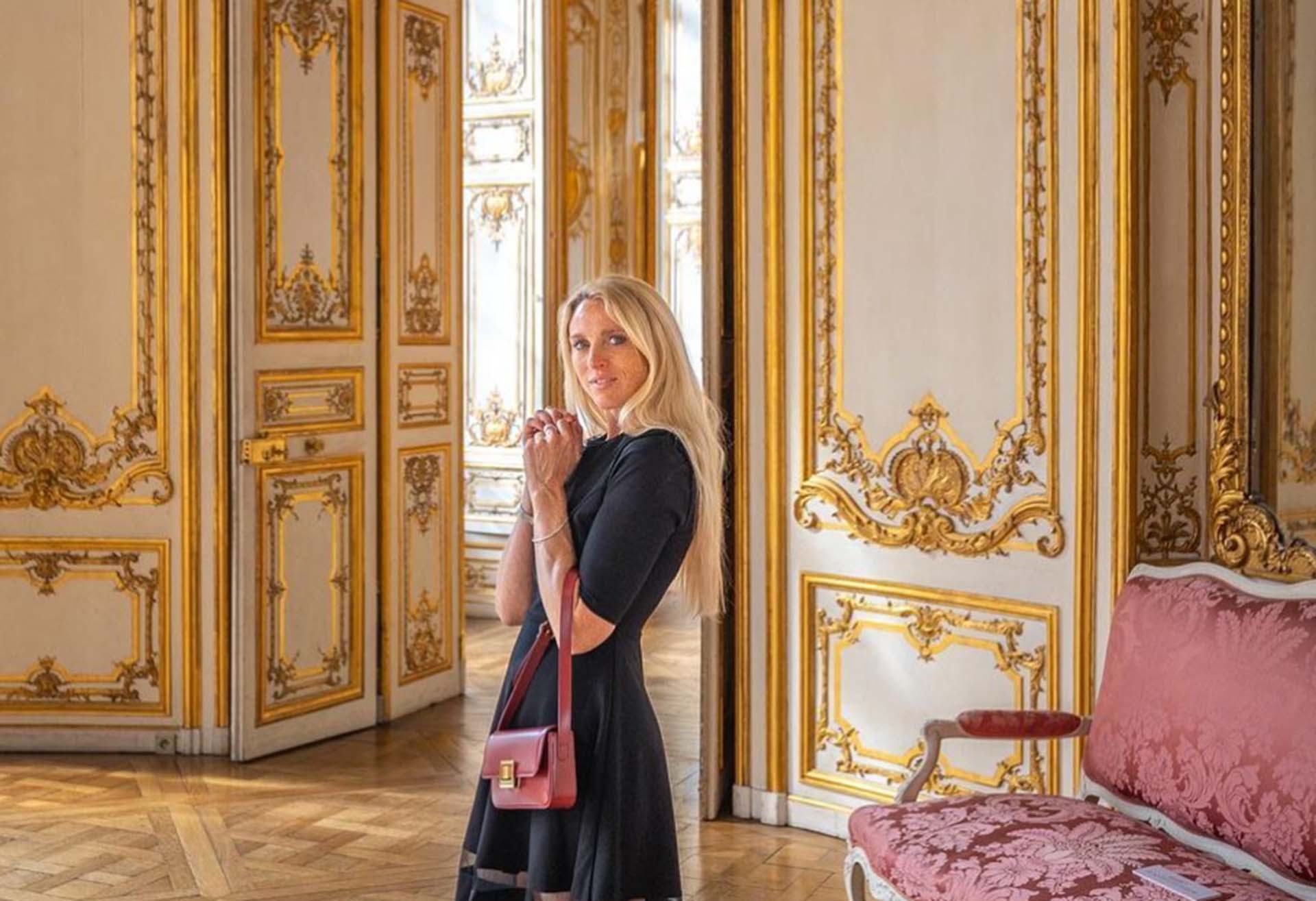The Musée des Archives Nationales, located in Paris, France, stands as a captivating intersection between art and historical archives. This unique museum offers an immersive experience that delves into the rich cultural heritage of France.
Historical Significance:
The museum, nestled within the magnificent Hôtel de Soubise and the Hôtel de Rohan, epitomizes a profound historical legacy. These 18th-century architectural wonders provide an unparalleled setting for safeguarding and showcasing priceless archives that meticulously document the trajectory of France’s history. The choice of these buildings isn’t happenstance; their grandeur and elegance offer a fitting ambiance, resonating with the richness and significance of the archival materials on display. These structures, with their intricate designs and cultural resonance, serve as more than mere repositories; they’re living testimonies to France’s past, elevating the historical narrative to an immersive and captivating experience for visitors.
Collection and Value:
The museum’s collection encompasses a vast array of historical documents, manuscripts, photographs, and artifacts, spanning centuries of French history. From royal decrees to personal letters of influential figures, each item holds significant historical and cultural value, offering a glimpse into the country’s evolution.
- Royal Decree from Louis XIV:
This document, bearing the royal seal and the unmistakable signature of Louis XIV, stands as a testament to the centralized power of the French monarchy. Dated back to the 17th century, this decree outlines a pivotal policy shift that reshaped the governance of France. Its ornate calligraphy and official insignia provide a vivid insight into the grandeur and authority of the Sun King’s rule, reflecting the era’s political landscape and administrative directives. - Correspondence of Marie Antoinette:
Preserved within the museum’s archives are personal letters penned by Marie Antoinette, offering an intimate portrayal of the Queen’s life and her interactions with the court. Through these letters, written in elegant script and adorned with royal seals, readers glimpse the private sentiments and concerns of a pivotal figure in French history. They unveil a nuanced perspective, shedding light on Marie Antoinette’s personality, her challenges, and her influence during a transformative period. - Photographic Archives of World War I:
A collection of meticulously preserved photographs captures the poignant moments of World War I. These images, stark in their portrayal of the war’s devastation and resilience, provide a visual chronicle of the conflict’s impact on France. From scenes of soldiers on the frontlines to civilians enduring hardships on the home front, these photographs serve as poignant reminders of a tumultuous era, preserving the human experience amidst historical upheaval.
Each of these items, in its own way, encapsulates pivotal moments, personalities, and societal shifts in French history, allowing visitors to connect intimately with the country’s past and witness the intricate tapestry of its cultural evolution.
Artistic Treasures:

Alongside these historical archives, the museum showcases a remarkable collection of art, including paintings, sculptures, and decorative arts. These artistic treasures complement the historical narrative, providing a visual representation of different periods in French history.
- Jacques-Louis David’s “The Coronation of Napoleon”:
This monumental painting by Jacques-Louis David immortalizes the grandeur of Napoleon Bonaparte’s coronation as Emperor of the French in 1804. The canvas, rich in detail and symbolism, captures the opulence of the ceremony at Notre-Dame Cathedral. Through meticulous brushstrokes and masterful composition, David’s masterpiece not only depicts a historical event but also embodies the aura of power, ambition, and authority associated with Napoleon’s reign. - Rodin’s “The Thinker” (Le Penseur):
Auguste Rodin’s iconic sculpture “The Thinker” is a striking representation of contemplation and intellectual pursuit. Originally conceived as part of his monumental work “The Gates of Hell,” this bronze sculpture became an emblem of philosophical introspection. The figure, depicted in a deeply reflective pose, transcends time and serves as a visual metaphor for the human condition, resonating across generations with its universal themes of reflection and introspection. - Sèvres Porcelain Vase from the 18th Century:
This exquisite Sèvres porcelain vase, adorned with intricate designs and vibrant colors, epitomizes the craftsmanship of the renowned Sèvres factory in the 18th century. Decorated with elaborate floral motifs and gilded accents, this vase represents the pinnacle of French decorative arts during the period. Its meticulous craftsmanship and artistic beauty not only showcase technical mastery but also provide a glimpse into the luxurious tastes of the aristocracy during that era.
These art pieces, each in its unique form, contribute to the museum’s narrative by capturing pivotal moments, cultural nuances, and artistic excellence from different epochs of French history. They offer visitors a visual journey through time, complementing the historical archives with evocative representations of the artistic, cultural, and societal landscapes of their respective eras.
Traveler’s Experience:
Visiting this museum is akin to embarking on a captivating journey through the intricate layers of French culture. As you stroll through its corridors, it’s as if time unfolds before your eyes, revealing the diverse chapters that shape the nation’s narrative. Every exhibit acts as a portal to a different epoch, offering a vivid glimpse into France’s rich tapestry of history and heritage.

The experience is immersive and evocative, evoking a profound sense of connection to the past. It’s almost like being transported through the annals of time, encountering historical documents that breathe life into bygone eras and artistic displays that encapsulate the essence of their periods.
There’s a palpable sense of awe and wonder while standing before these artifacts and artworks. Each piece feels like a puzzle piece meticulously placed in the grand mosaic of France’s cultural evolution. The blend of historical documents, from royal decrees to personal letters, resonates with authenticity, while the artistic displays, whether paintings, sculptures, or decorative arts, speak volumes about the creativity and sentiments of their time.
Walking amidst these treasures, there’s a natural inclination to linger, to absorb every detail, and to contemplate the significance behind each exhibit. It’s a journey that not only informs but also sparks curiosity, inviting contemplation about the interconnectedness of history, art, and culture.
For travelers, this museum isn’t merely a collection of artifacts; it’s a gateway to understanding and appreciating the essence of France—a captivating fusion of stories, traditions, and creativity that continue to shape its identity. The experience leaves an indelible impression, fostering a deeper appreciation for the depth and richness of French heritage.
Local Surroundings:
Nestled in the heart of Paris, this museum is imbued with the city’s pulsating energy, adding an extra dimension to the visitor experience. The allure of Paris itself, with its bustling streets and cultural magnetism, becomes an integral part of the journey when exploring the museum and its environs.
The proximity to the Marais district is a delightful bonus, offering a charming juxtaposition to the historical immersion within the museum’s walls. Stepping out, visitors are greeted by the enchanting streets, adorned with boutique shops exuding Parisian elegance and cozy cafes exuding an inviting warmth. The district’s ambiance creates a seamless transition from the museum’s historical narrative to the vibrant pulse of contemporary Parisian life.
The interplay between exploring the museum and wandering through the Marais district is an invigorating experience. It’s a delightful blend of immersion in the past and engagement with the present. The contrast between the museum’s archives chronicling centuries of history and the modern, dynamic atmosphere of the district paints a vivid portrait of Paris’s enduring allure—where the past seamlessly integrates with the present.
Moreover, the scenic beauty of Paris, with its iconic landmarks and picturesque streets, adds a layer of enchantment to the entire excursion. The glimpses of architectural marvels, the meandering Seine River, and the city’s quintessential charm create a captivating backdrop for the museum visit, enhancing the overall sensory experience.
There’s a palpable sense of excitement and fulfillment in embracing both the historical depth offered by the museum and the contemporary vibrancy of the city. It’s a testament to Paris’s multifaceted allure—one where history, culture, and modernity converge to create an unforgettable and enriching exploration.
Practical Information:

- Ticket Reservation:
Booking tickets in advance is highly recommended to ensure entry to the museum. Tickets can be purchased through the museum’s official website or authorized ticket vendors. Online reservations often allow visitors to select specific time slots for entry, reducing waiting times. - Ticket Price:
Ticket prices may vary based on exhibitions and age categories. General admission rates apply, with possible discounts available for students, seniors, and sometimes for children or specific groups. Special exhibitions might have separate pricing, so it’s prudent to check the website for current rates. - Opening Hours:
The museum operates on specific schedules, subject to change. It’s advisable to refer to the official website for the most updated opening hours before planning a visit. Typical operating hours range from morning to late afternoon or early evening, but these times may differ on certain days or due to special events.
Additionally, visitors should note the following tips for a smoother experience:
- Guided Tours or Audio Guides:
Consider taking advantage of guided tours or audio guides offered by the museum. These services often provide detailed insights into exhibits and enhance the overall understanding of the collections. - Accessibility Information:
Check the museum’s accessibility features, including wheelchair access, elevators, and facilities for visitors with disabilities. This information is usually available on the museum’s website or can be inquired about when booking tickets. - Visitor Guidelines:
Familiarize yourself with the museum’s visitor guidelines, including rules regarding photography, bag size limitations, and any specific regulations for certain exhibits or areas within the museum premises.
By planning ahead and being well-informed about ticketing, opening hours, and additional facilities or services available, visitors can optimize their experience and make the most out of their visit to the museum.



